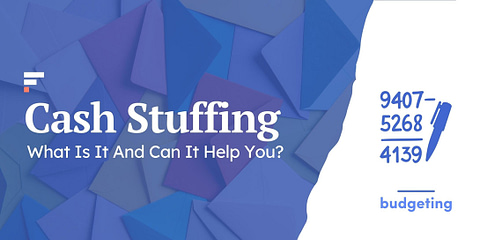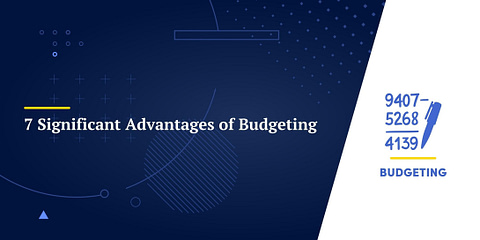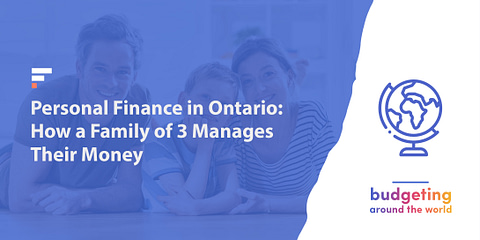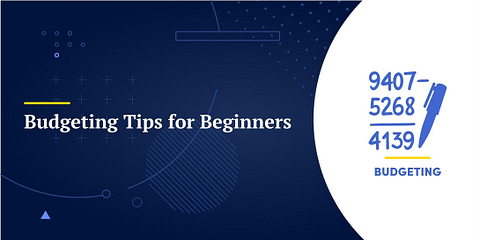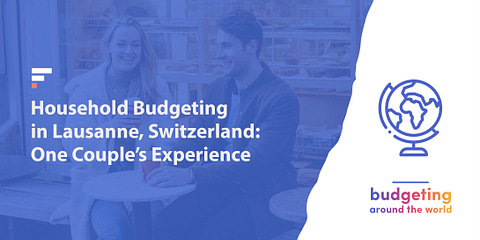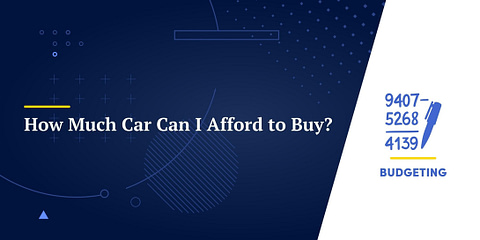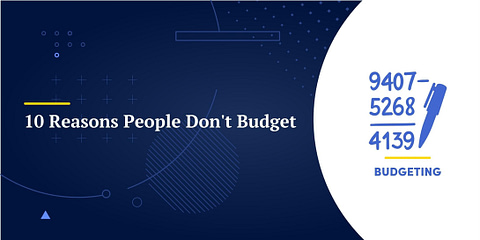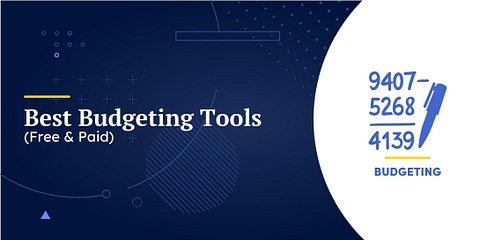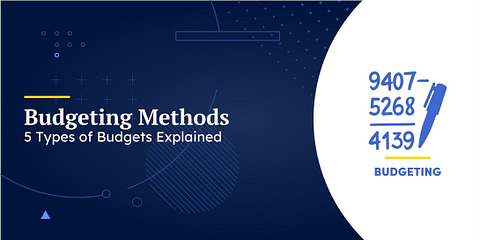Every individual and every household has unique financial and budgeting needs. Those needs change as we get older and our lives get more complex. They also vary from place to place, as incomes and the cost of living can be very different in different parts of the world. We’re looking at how households around the world manage their finances and the challenges of budgeting. Today we’ll discuss budgeting and personal finance with a 27 year old woman from Estonia.
Estonia is a small state along the Baltic Sea, and since its independence from the Soviet Union, it has emerged as a modern, highly competitive economy. There’s a strong export sector, with Sweden and Finland as top partners and an active service sector. Estonia is a European leader in online services, with almost all government services accessible over the Internet. Despite its modern economy, the cost of living remains relatively low. On the Numbeo.com cost of living index, Estonia ranks 20th out of 40 European economies, between Portugal and Slovenia.[1]
🌎 This article is part of our Budgeting Around the World series, a comparative look at how people around the world manage their money.
👼 Click here to learn how you too can contribute to this series and help us support a great charity in the process.
Did You Know
- The average annual take-home salary in Estonia is 26,027€ or US$31,848.[2]
- Estonia has a 20% flat income tax rate.[3]
- Estonian employers pay for the employee’s health insurance and most pension and unemployment insurance. Small percentages are deducted from salaries for additional pension and unemployment insurance.[4]
- Estonia’s employer-funded Social Health Insurance program covers 95% of the population, with the remaining 5% opting for private insurance.[5]
- Estonia’s unemployment rate for 2020 was 5.38%.[6]
- Estonia’s government debt is 18.5% of GDP, the lowest in Europe.[7]
What Does it Cost in Estonia?
- 3-course meal for 2, mid-range restaurant: 45€ (US$55)
- Beef round, 1 kg: 9.04€ (US$11.06)
- Domestic beer, .5 liter: 3.62€ (US$4.43)
- Broadband Internet: 23.52€ (US$28.78)
- Cinema, 1 seat: 7€ (US$8.57)
- Monthly public transport pass: 24€ (US$29.37)
- 3 bedroom apartment, city center: 702.59€/month (US$860)
On the “Big Mac Index” Estonia is approximately equal to Denmark and between Australia and New Zealand, with the iconic burger costing the equivalent of US$4.92.
📘 If you’re interested in budgeting but not sure where to start we’ve got you covered. Read our guides on how to start budgeting and choosing the right budgeting method.
Getting to Know the Household
We started our interview with some basic questions about the household, their lifestyle, and their approach to managing their finances.
Introduce yourself – Tell us a couple of things about yourself so we get to know you better.
Not willing to share much, but I am a woman – 27. Person of Colour in a majority white country.
Location – Where do you live (city, country)? What kind of place is it? How do you like living there?
Estonia – Largely Estonian and Russian. Some foreigners but very small population. I like living here, it’s cozy.
Household structure – How many adults, kids, what ages?
My BF lives with me. He is also 27. We have two cats. I am renting.
Occupation – What do you and other adults in the household do for a living?
I am a support manager in a small investment fund company. BF is a freelancer. He does not contribute to my rent and I do not intend to involve him in any kind of asset ownership. I only allow him to contribute to grocery expenses.
Net household income – What is the take-home pay of your household (income after taxes and other deductions)?
21,000€ after tax (US$25,697) or 1800€ (US$2,203) per month.
How would you describe your standard of living? – Based on the place you live in, your income, compared to other people around you…
Middle class. Above average.
What is your approach to managing your finances? – What is your general approach or personal philosophy on managing your finances? Do you use a budget and if you do do you generally stick to it? How do you make financial decisions in your household?
I am currently saving most of my money and not investing because I intend to buy an apartment within the next two years. So I need that down payment. I stick to my budget every month. I am also contributing to my voluntary pensions from my tax breaks.
Let’s Break Down the Expenses
Now we’ll break down our respondent’s monthly household expenses into different budget categories.
📧 Get notified when we publish the next post in this series by subscribing to our newsletter!
🏠 Housing
330€
(US$404)
(18.33%)
Rent
🔌 Utilities
178€
(US$218)
(9.89%)
Energy – 20€ to 50€ (US$24 – 61)
Utilities – 50€ to 100€ (US$61 – 122)
Internet – 22.98€ (US$28)
Phone – 5€ (US$6.12)
🍕 Food
250€
(US$306)
(13.89%)
Groceries
Takeouts
Outing with friends
Lunch money at work
🚗 Transportation
30€
(US$37)
(1.67%)
When I use Bolt/Yandex on bad weather
🧹 Household supplies
50€
(US$61)
(2.78%)
Not every month as we get them for free sometimes. But when we do have to buy, it doesn’t go beyond 50€
🐶 Pets
50€
(US$61)
(2.78%)
Food for various pets
🏥 Healthcare
200€
(US$245)
(11.11%)
Not every month. When I need it – it’s usually for dental or gyno checkup
⛪ Charity/Donations
50€
(US$61)
(2.78%)
Monthly to animal shelters
🏦 Savings
8,000€
(US$9,789)/year
666.66€
(US$ 816)/month
(37.04%)
Deposit – 7000 (US$8,566)
Savings – 666 (US$815) and added every month
Pensions – 500 (US$612)
* All figures are as reported by respondents. Totals may not add up to 100%.
📘 We only included the categories in which this particular household has any monthly expenses. View the full list of budget categories we used for this survey, along with what’s included in each of those categories: 110 Budget Categories.

